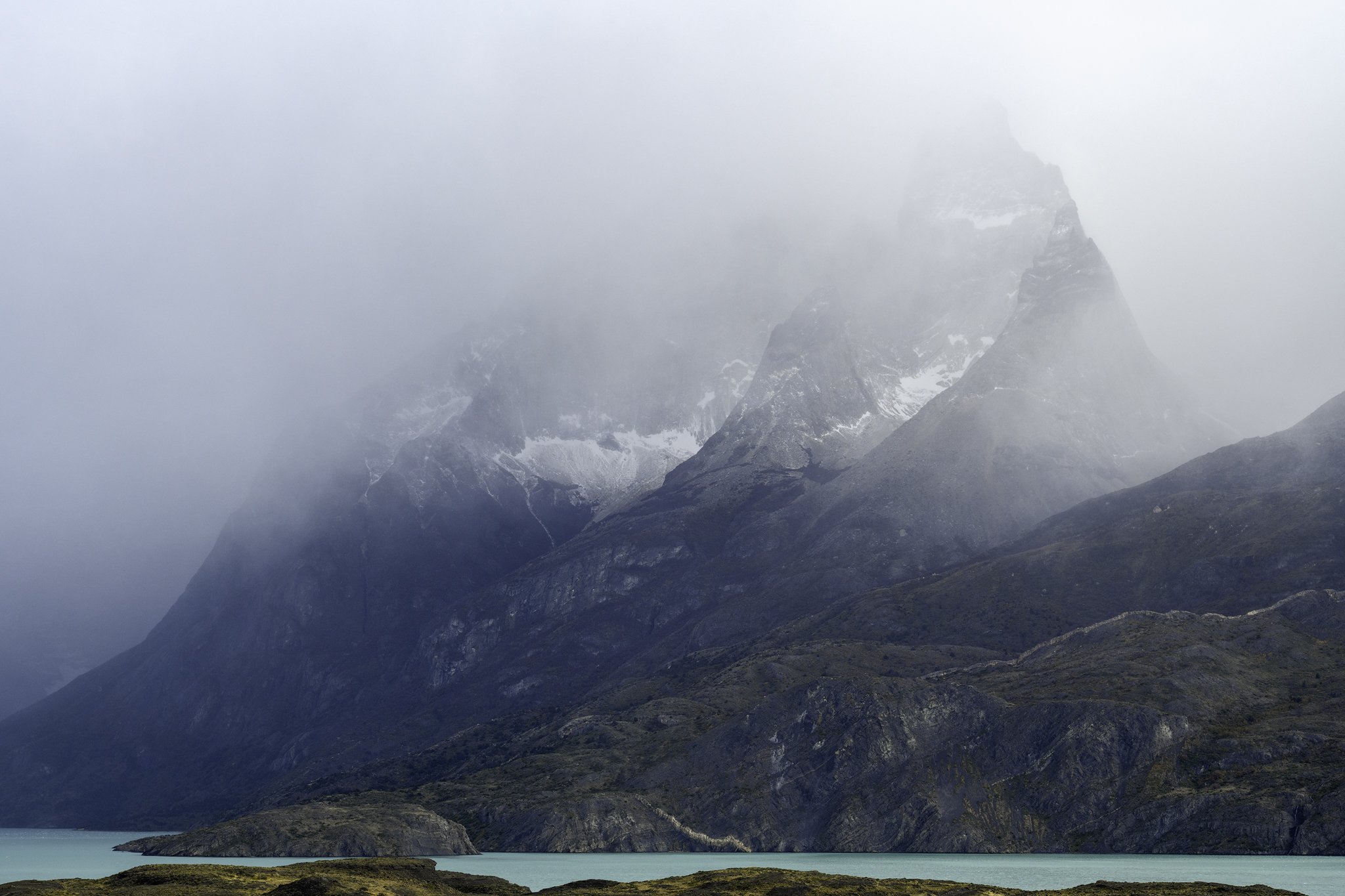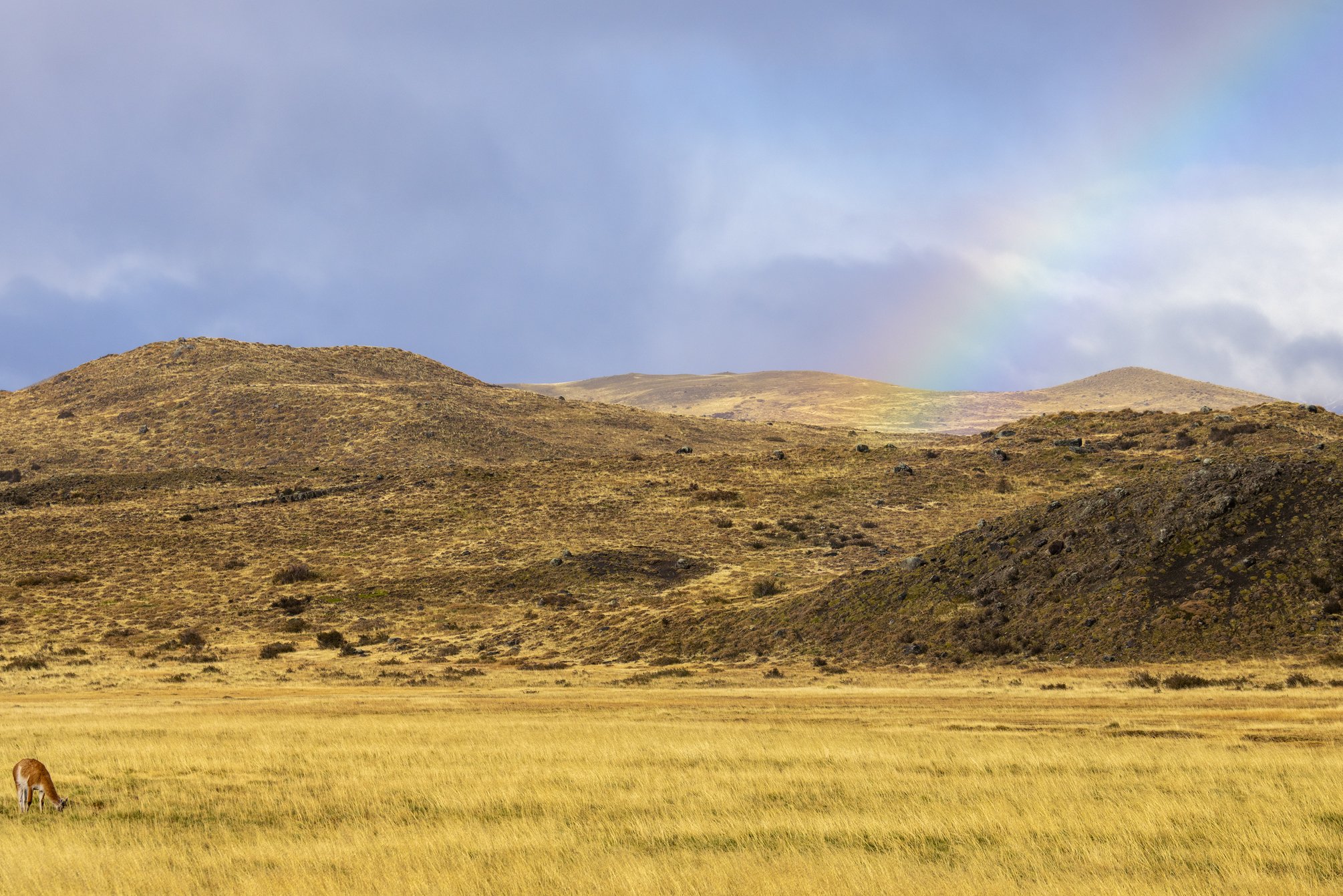Patagonian Chile- a trip of a lifetime
I have always wanted to visit Patagonia and in April 2024 I was lucky enough to do so. Torres del Paine National Park lies in the far south of Chile, in the Magallanes region. It’s located 47 miles (75 kilometres) from Puerto Natales and a further 318 kilometres (198 miles) from Punta Arenas, the region’s only city.
It’s also part of Chilean Patagonia, a region (not a country) that covers the southern stretches of both Chile and neighbouring Argentina.
The planning of this trip was all important and from the outset I deliberately omitted Argentina as I wanted to take some time to experience one place, so Torres del Paine Chile was chosen as the main destination. Flights are long and involve one flight of 14 hours from London to Santiago and another of 4 hrs to Punta Arenas or Puerto Natales. {I chose to fly to Puerto Natales as it was nearer to where I wanted to be.} The flights to my surprise were faultless and despite being told all sorts of scare stories about Santiago the city was fascinating, safe, and well worth spending 2 days there before reaching the park. Guides were superb and their knowledge quite incredible, so I think it’s worth hiring one.
The weather in the park can be horrendously windy e.g. you can be blown over to the ground or can be blown upwards whilst leaning into it ! I wondered what we would experience. Luckily, we had only one day of this wind which was enough to get into the real Patagonian groove. The remainder of the holiday we had fine cold Autumn weather with glorious dawns and sunrises across the lakes and behind the mountains. The first area I stayed in was in the East only 45 minutes from the airport. The vast plains lead to the mountains, ranches were dotted about and this was Gaucho country.
The video is worth a watch
The sheer amount of space coupled with few people, including tourists, in this area, was just wonderful. It was like being transported to another planet. Sheep, and Guanacos roamed the plains. Condors with their huge wingspan flew overhead. It is the home of Pumas too but on this trip, none were to be seen bar their fresh prints left on the lakeside sand which we spotted with help from the guide. The guides are essential and so knowledgeable plus the most accommodating people I think I have ever met.
The roads are mostly tracks so travelling in suitable 4 by 4 is a must.
The first location which I chose to shoot was Lake Armaga. Due to the two extensive fires the park has experienced caused by the carelessness of tourists one which burnt for 4 months, you can no longer stand on the edge of the lake. My cameras were Nikon z7 ii with a 24-70 and 16-35 lens and a Nikon 850 with 70-200 and 80-400. The combination worked perfectly as it meant no lens changing and was ideal to shoot both the lake and the mountain at different focal lengths and varying exposures
Patagonia has many waterfalls and one of the most dramatic is Paine waterfall. It is surrounded by dead trees and the trees and the falls I found equally beautiful. The 80-400 lens was vital for capturing the trees caught on the far bank of the falls
I chose to visit in Late Autumn leading into early winter as I hoped the light would be diffused and whilst it was for many early mornings, we also had some bright sunny days which meant I focused on close up studies of mountain peaks and black and white work. One memorable trip was in a land rover, not driven by me, to the top of a mountain in the Sierra Baguales region, that was not only exciting but provided some amazing and unusual views. There was a lot of sun so I shot to process in black and white mainly. A range of wild life was in abundance on this bumpy trip including condors in flight with their huge wing span.
Spending more than one day or a few hours in one place does allow for photographers to get some sort of feel for the area. This helps in a number of ways but mainly in assessing the light and how it falls on the landscape. Dawn on this trip was not too late around 720am and as it led to sunrise the light and colour was continually changing. Sunrise seemed to last a long time and just when you thought it was over another set of hues appeared. One location Lake Sarmiento was a good example of this, and I visited twice, once when it was dead still and once with some wind. I took some long exposures that I really like in the most gorgeous light. In addition, there were a number of ranch buildings which were fascinating and dating back about 100 years. My guide also had the key to one which was an added bonus.






The second part of the trip meant moving to a new part of the park which was in the south. This area was entirely different. I left behind the ranches and great plains and instead was surrounded by the ever present mountains but also thousands of dead trees with autumn undergrowth, lakes and autumn forests. This part of the trip did yield more rain but the climate in the park varies within a few miles. Our new guide and driver were again absolutely incredible in relation to their knowledge, their flexibility to accomodate plans and their inter-personal skills. From this location I travelled around the park including revisiting Laguna Azul on the east side for the third time. This lake is very easily accessed and looks out on the towers of Torres del Paine. On a sunny day it is a very blue lake hence the name, which was ideal for some black and white work, but in overcast weather there is a much more ominous feel to this lake overlooked by the towers as I hope the photos below show.
A visit to Chilean Patagonia can be all things to all people. Those that are mountaineers, climbers and ice walkers can undertake amazing and lengthy treks right into the heart of the mountains. However you do need a guide to enable you to do this. There are many laws and restrictions in the Torres del Paine park which have to be adhered to. This is due to increased tourism and disrespect shown towards the landscape by the few. I am not one of those people that can climb mountains and risk accident or injury. An accident in the mountains involves a helicopter rescue and a four hour flight to Santiago for any serious injury. However, landscape photography should be for the many and not for the few. In my case, thorough research of the area prior to visiting, talking to others that have visited plus costing the trip appropriately was essential to achieve my goals. In addition, the key element is having the vision and creativity to produce work that primarily pleases you, that is of a high standard and maybe others will appreciate as well.
I am still evaluating a whole range of photos but hope this blog has given you a flavour of Chilean Patagonia. Would I return? Absolutely and would love to find a guide and a driver for their winter conditions- any volunteers?






























